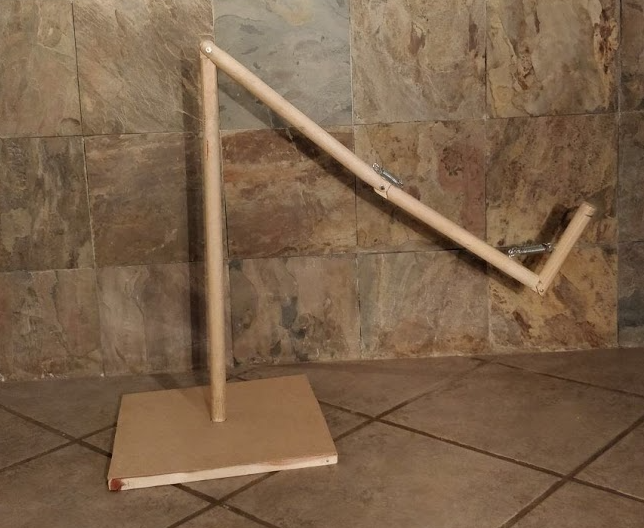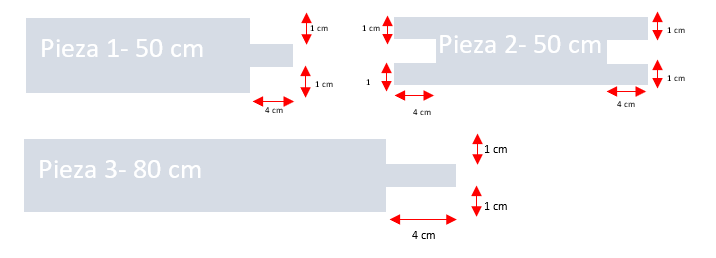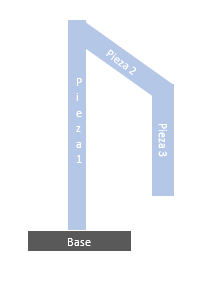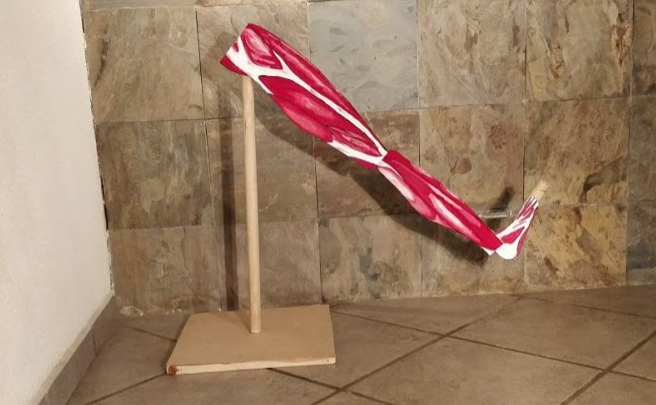Dynamics Class project

Objective
Construction of a prototype that simulates a certain biomechanical system of the human body (being the knee, in the present case) for its analysis through the use of knowledge and concepts acquired during the Dynamics course taught at the Faculty of Engineering.
Introductory Statement
In this project, a prototype of the knee was built in order to exemplify the movements of the knee when kicking a ball, using concepts learned in the course, such as: spring force, work, energy, parabolic motion, etc. Various designs used in knee prostheses were taken as a reference, to be adapted for dynamic calculation purposes and to be modeled at scale. First, the parts that make up the knee were investigated, that is, muscles involved in its movement, bones, joints and ligaments. Subsequently, we look for information on movements and limitations; the movements that can be performed are: extension, flexion and rotation. Then we use existing designs to build our own. Finally, we refined details of our design and the necessary calculations were carried out putting into practice what we learned in class. The force of the model springs, the bending angle, speed when kicking the ball and the speed of the ball, the distance that the ball travels to stop, net work and the kinetic energy of the ball from point A to B were calculated.
*This is a simplified dynamics model, so only basic dynamic equations were used.
Procedure


Simplified piece design 2

Simplified Assembled model
Conclusions
In order to carry out a much more approximate analysis of the real behavior of the structure, more parameters must be taken into account to have a model closer to reality. Additionally, the structure could be improved by changing the type of materials used for construction, for ones that resemble the behavior of the structure to be modeled.
